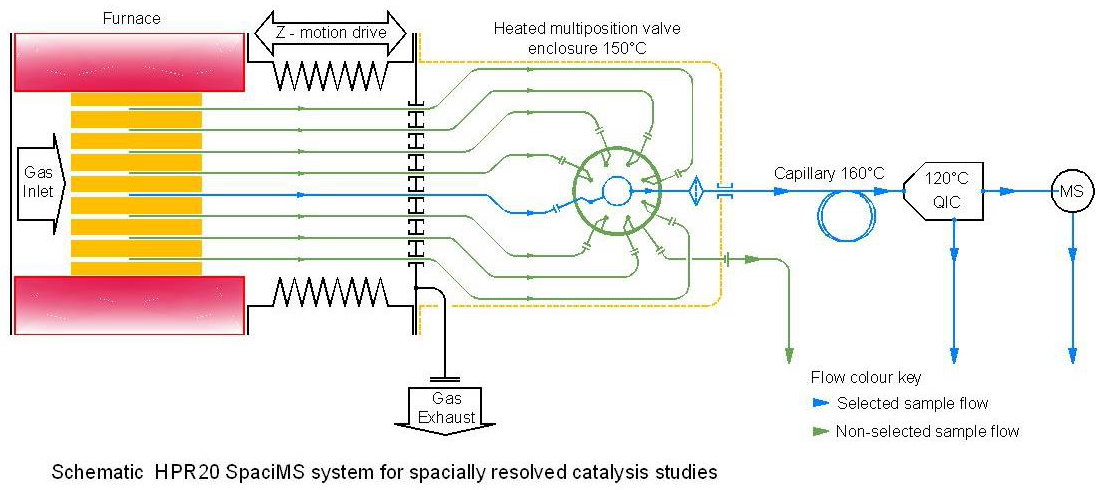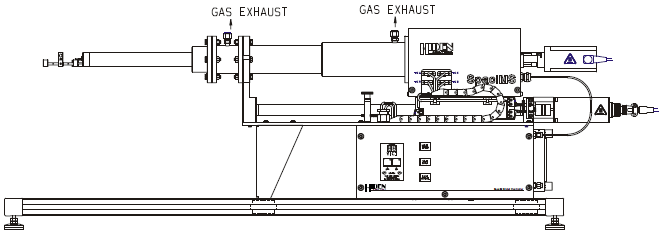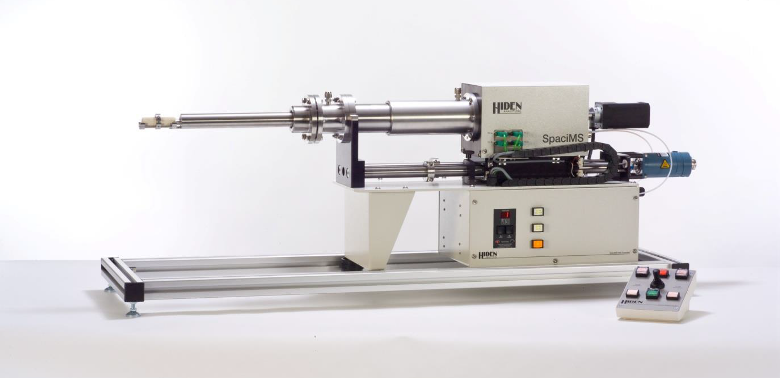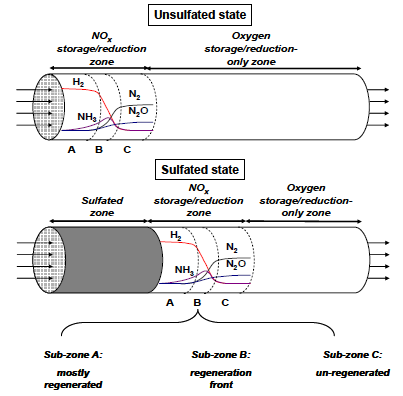The spatially resolved capillary inlet MS (SpaciMS) from Hiden Analytical enables both axial and radial species determination and temperature profiles, with high spatial and temporal resolution and with very minimal interference in temperature or flow. The 16-channel multi-inlet is connected to Hiden’s quick transient MS to offer automatic and quick mapping of temperature and species distributions.
Applications
Hiden’s SpaciMS is the first commercial instrument of its type on the market.
Originally invented and developed by scientists at the Oak Ridge National Laboratory and Cummins, Inc. to study diesel catalysis, the SpaciMS inlet has been developed further for an entire range of applications.
The 16 thermocouples and capillary sampling probes are assembled in an X-Y array. A Z-shift offers movement and precise positioning of the array in the Z plane. In general, the 16 capillary sampling probes are examined consecutively by the MS.
Then, the Z-shift is actuated to move the sampling probe array to the consecutive incremental Z position and the analysis sequence is thus repeated. Once the analysis is completed, the analytical data offers a spatial representation of temperature and sample gas composition of the volume sealed within the X-Y array over the entire incremental Z distance moved.
Features
- 16-capillary inlet system
- Minimally invasive
- Z-Drive is provided for positioning of inlet positions
- High temporal distribution
- Sampling stream position is software-controlled
- 3D Mapping of intra-reactor gas composition
- Thermocouple inputs for temperature measurement at sampling point
SpaciMS Schematic

Image Credit: Hiden Analytical
The integrated z-motion drive moves the capillaries that are inserted into the catalyst monolith.
SpaciMS Probe Layout

Image Credit: Hiden Analytical
Twin Inlet SpaciMS
The dual-inlet SpaciMS enables sampling of inlet or outlet gas composition of diesel particulate filters.

Image Credit: Hiden Analytical
SpaciMS Probe

Image Credit: Hiden Analytical
SpaciMS Analysis

Image Credit: Hiden Analytical
The SpaciMS enables the mapping of reaction profiles within the catalyst and not only at the exhaust.

Image Credit: Hiden Analytical
The intra-catalyst probes enable different catalyst reaction zones to be monitored.